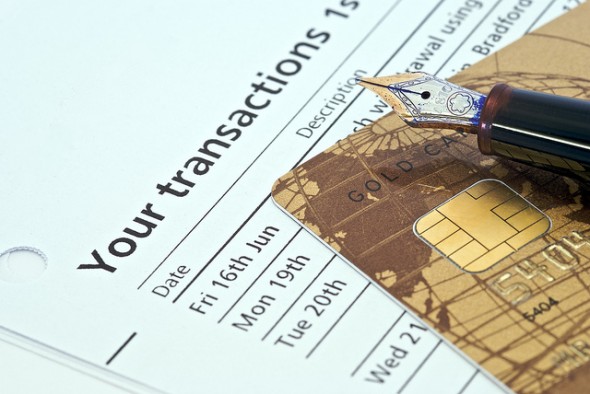If you’re not taking the time to read over your credit card statement carefully each month, you could be in for an eye-opening experience. Your bill could be loaded with extra charges or sneaky fees that you’re not aware of, which are slowly siphoning your cash. Here’s everything you need to know about grey charges and how to avoid them.
Find the right credit card for you.
What They Are
A grey charge is basically anything that’s charged to your credit card without your direct knowledge. Some of the most common things that can result in grey charges are automatic renewals for subscription services like magazines or online memberships, phantom charges attached to products or services you’ve purchased and charges that are incurred when you sign up for a free service that’s later converted to a premium account.
You could also be getting hit with grey charges if you’re being billed for a subscription or service that you previously cancelled, like a gym membership or newspaper subscription. Grey charges can also occur when the cost of services that you charge to your card regularly is increased without your knowledge or consent or when a purchase incurs a service fee.
One of the easiest ways to get hit with grey charges is by signing up for trial memberships or services and forgetting to cancel before the trial period ends. By the time you finally remember to cancel your account, you’ve likely already racked up several months’ worth of grey charges. Misleading advertising is another common culprit if businesses are deliberately vague about what you’re being charged.
What They Cost
Grey charges cost credit card users approximately $14.3 billion in 2012 according to BillGuard, a smartphone and Web app that will scan your statements for you to check for unwanted charges. Grey charges associated with free-to-paid services were the most prevalent, totaling around $6 billion. The average grey charge was $61.
The BillGuard analysis found that 66.5 million cardholders were impacted by grey charges last year, with 35% paying at least one charge. Another 20% paid two grey charges while 10% got hit with eleven charges or more. In terms of dollar amounts, 38% incurred grey charges of less than $50 while the majority of cardholders paid $100 or more. On average, grey charges cost cardholders $215 each.
How to Avoid Them
There are several things you can do to keep grey charges from sneaking up on you. The most important thing is to go over your statements each month to check for any charges or fees you don’t recognize. You can initiate a dispute with your credit card issuer over unauthorized charges but you have to act fast since you only have a set amount of time to do so. Make sure you keep a copy of the dispute request for your records in case the service provider tries to claim the charges are legitimate.
You can also protect yourself against grey charges by reading the fine print before signing up for subscription services or trial memberships. If you have to sign up for something that requires you to enter your credit card information, you need to know exactly what the terms of the trial period are so you don’t end up getting hit with any unnecessary fees.
If you use your credit card to sign up for a trial service and decide to cancel, it’s a good idea to get written confirmation of your cancellation. Once you’ve cancelled, you should continue to keep an eye on your statements to make sure you’re not still getting hit with ghost charges. If you use your card to sign up for an annually recurring charge, make sure you note the renewal date in case you decide to cancel later on.
The Bottom Line
Dealing with credit card grey charges can be a hassle but you could be throwing money away if you’re not doing something about them. Getting rid of those pesky fees and charges once and for all can potentially add up to big savings in the long run.
Photo Credit: truong.nguyenviet
